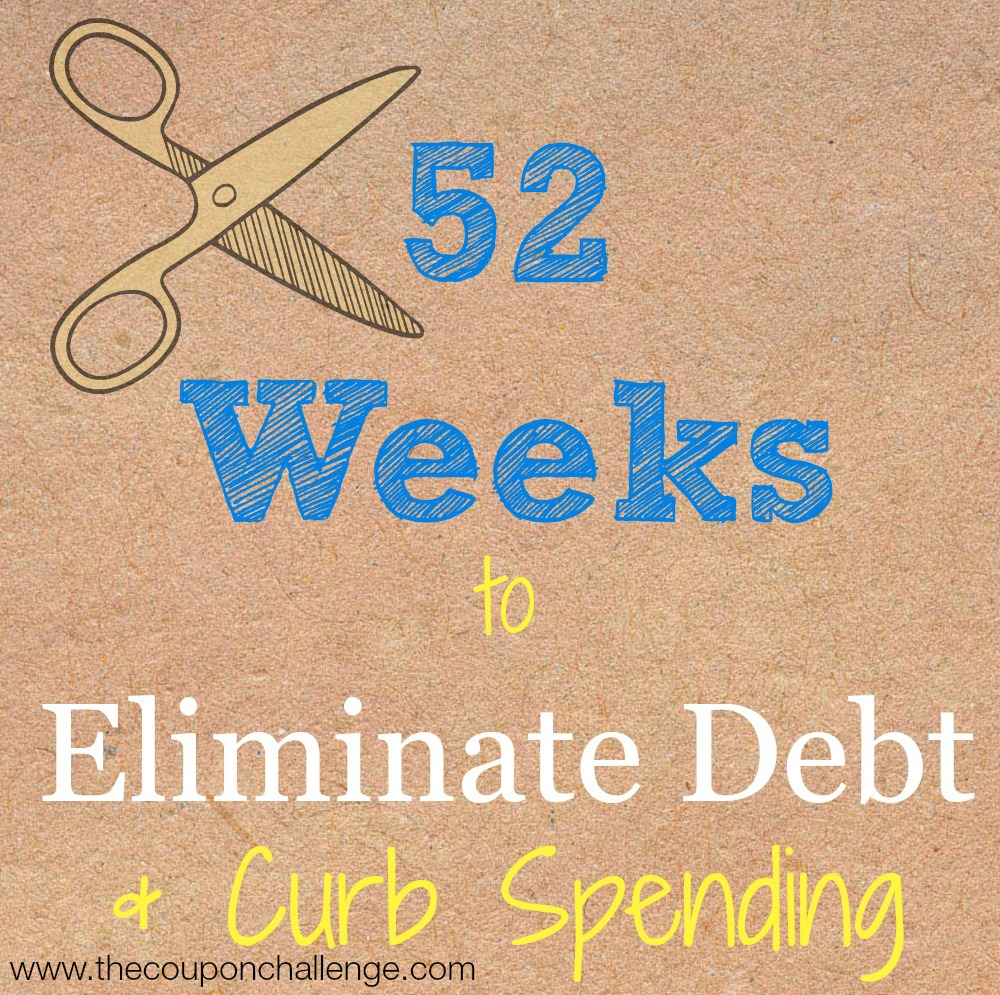You are reading Week 1 of 52 Weeks to Eliminate Debt & Curb Spending. Please read the overview here to learn more about the series & get your FREE financial planner.
If you are reading this then you probably already know that your financial situation is not where you want it to be. This week we will begin the process toward getting you out of debt. We will start with Establishing Debt Relief Goals. Before you can make real progress on your finances, you must understand what you truly need to make happen.
ESTABLISHING DEBT RELIEF GOALS
Be honest about ALL of your debt. Now is not the time to pretend a debt doesn’t exist. Pull out all of your bills, creditor notices and even court cases pending due to lack of payments. Be honest about every debt you have. Include things like late utility bills, debts owed to friends and even that nagging student loan you have put off paying. It’s time to get serious, and that means full honesty with yourself and your spouse about the debt you currently have.
Don’t forget to include:
- Mortgage
- 2nd mortgage or rental properties
- vehicles
- student loans
- credit card(s) including store credit cards
- overdue utility bills
- money owed to friends or family
List debt from lowest to highest balances. Make a simple list on paper or in a spreadsheet (like in our free budget planner) that lists each creditor and the balance owed. Sort these with the lowest balance first and continue on until you reach your highest debt. As you set out goals for paying off debt, it is often easiest to begin paying more toward small balances. Once you pay off a smaller balance, you can put that money toward the next debt on your list.
If you’re familiar with Dave Ramsey, this is similar to his Snowball Effect. The more debt you pay off, the more money you can put into paying off the next debt. The snowball will get bigger and roll faster as you eliminate your debt – one creditor at a time.
Set a short term and long term debt relief goal. Set goals for what you would like to pay off each month, as well as your long term one year goal. It may take some time to get these goals in place and begin actively paying toward them, but knowing what you want to see happen will help motivate you to make them happen.
Focus efforts on accounts in default. If your credit issues have become severe enough for items to go into default, it is time to get serious. Focus your initial efforts toward maintaining the credit accounts that are in good standing while working away at getting back on track with default accounts.
Setting yourself up for financial success begins with real honesty about your situation. You must begin establishing debt relief goals, but that begins with an honest look at all of your debt. Pull out the credit cards, mortgage, vehicles, personal debts and even school loan debts for review. When making your goals for financial success, you have to include everything from the very beginning.
Week 1 Challenge:
Set up a budget meeting with your spouse or significant other. Discuss all debt and establish your debt relief goals. Now is NOT the time to sweep a bill under the rug and pretend it doesn’t exist. Write down all current debt and put it somewhere that you won’t lose it. You’ll want to reference this list each month.
What are your tips for establishing debt relief goals?
Disclosure: I am not a financial adviser nor do I have formal financial training. All articles are for informational purposes only and should not be interpreted as financial advice or consultation. Please consult your account and/or financial adviser before making changes to your finances. All situations are different, so please consult a professional to determine your individual needs.


Hi,
I signed up last week and I am wondering how I can access your printable? When I go to it, it wants me to sign up again. Help.
I’m having the same issue. How do I access the printable?
When you sign up here, you will get the link in your inbox.
https://madmimi.com/signups/129319/join